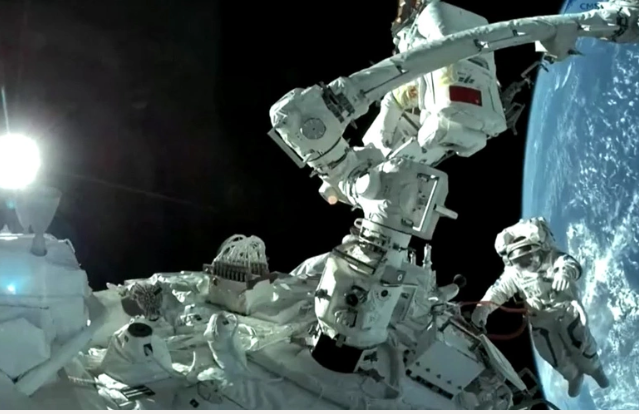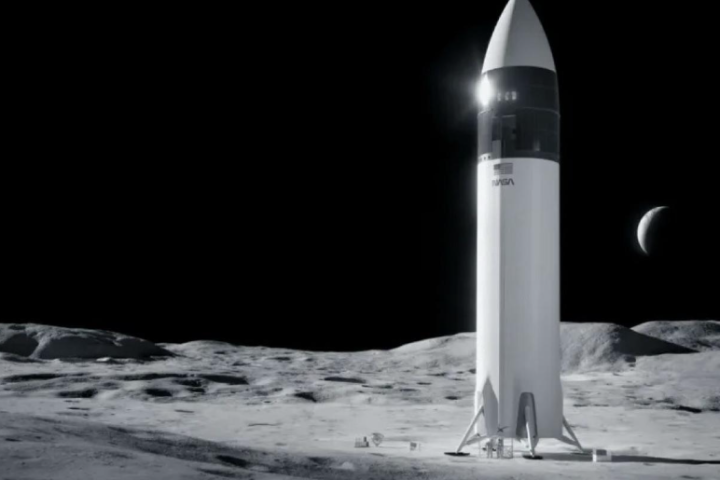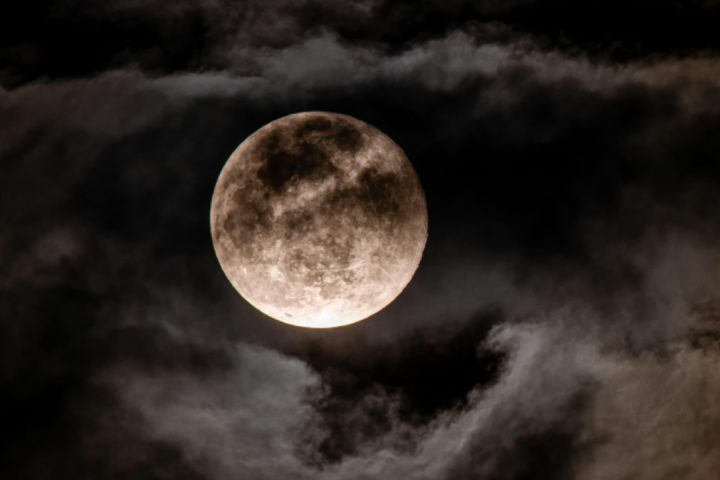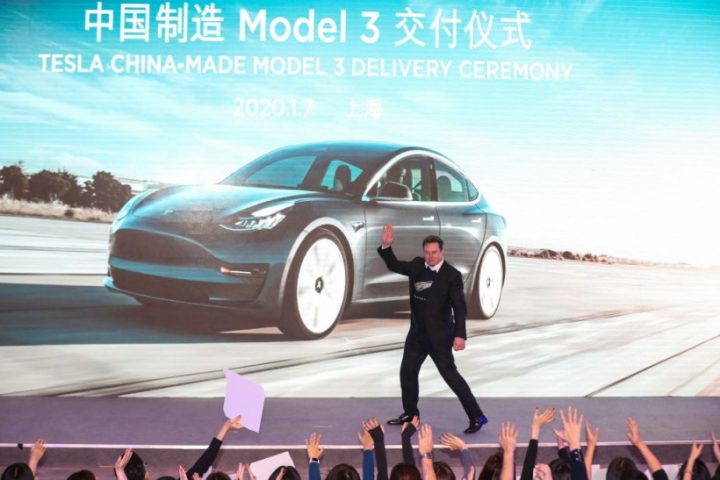Bill Nelson, one of NASA’s top executives, started a new debate by saying that China could claim the Moon. So can China really act before the US in this process in which both countries are planning to send humans to the Moon? What is the status of China’s space studies, which is building a station in space?
Bill Nelson, the senior administrator of NASA, the US Aeronautics and Space Administration, recently opened the door to a new debate by saying that he believes China could claim parts of the Moon. According to NASA, China, the US’s new rival in space, has been pursuing its projects with confident steps for a long time. But what about China’s space program, do they have the power to land a manned man on the Moon before the US and claim land on the Moon?
First, let’s rewind the movie… China’s space adventure dates back to the 50s, when the Jiuquan base was established in cooperation with the Soviets. With the help of Soviet technology, China developed the Long March rocket. In the 80s, when the space race between the US and the USSR was at its peak, China rolled up its sleeves to send vehicles and people into space. China’s space adventure literally began in 1986 when then Chinese President Deng Xiaoping approved Project 863, a science and technology development program that included plans for a crewed spacecraft.
UNSUCCESSFUL ATTEMPTS IN THE 90S AND THE FIRST ASTRONAUT IN SPACE

The 90s were a period of frustrating launches for China. China conducted several failed launches in 1991, 1992, 1995 and twice in 1996. The worst was in 1996. A rocket that tipped sideways, flew in the wrong direction and exploded 22 seconds after launch, crashing into a Chinese village and killing 63 people.
However, the Chinese space program took off in 2000. In 2003, the first Chinese astronaut, Yang Liwei, made it into space. Since then, China has made many manned flights into space. It sent unmanned spacecraft such as Yutu 1 and Yutu 2 to the Moon. Yutu 2 became the first spacecraft to soft land on the dark side of the Moon.
CHINA’S FIRST SPACE STATION TIANGONG
China completed the assembly of the Tiangong Space Station in Earth orbit at the end of October 2022, just 22 months later than planned. “The goal was to complete the construction of the Chinese space station around 2020,” said Zhou Jianping, chief designer of China’s crewed space program. Tiangong Space Station became the second active base in orbit after the International Space Station. On November 29, the Shenzhou 15 spacecraft was launched from the Jiuquan Satellite Launch Center deep in China’s Gobi Desert. Carried by a Long March 2F rocket, the spacecraft carried 3 astronauts to the Tiangong space station.
Tiangong Space Station weighs about 100 tons. Its dimensions are slightly larger than America’s first space station Skylab, which was launched in 1973, and slightly smaller than the Mir Space Station, which the Soviet Union began building in space in 1986. Tiangong is portrayed by state media as a three-bedroom house in the sky for the Chinese public. Yet its dimensions are much smaller than the International Space Station, which weighs about 450 tons and has sleeping space for seven people.
The Space Station’s new crew of three will be replaced every six months. During the changeover, there will be 6 crew members on the space station for 1 week. Ji Qiming, deputy general manager of the engineering office of the Chinese Manned Space Program, announced that the crew will first fix the errors that will occur on the station, and then they will start scientific studies.
TARGET MARS
Having succeeded in establishing a permanent base in space, China’s next target is expected to be the Moon or Mars. “This work has laid a solid foundation for the manned lunar exploration project,” says Ji Qiming. But China’s real target is Mars. Zhou Jianping says he is working to ensure that the astronauts in space can stay healthy during the 900-day trip to Mars. Zhou adds that they are working on reusable rockets modeled on the US company SpaceX.
Sources: New York Times, Euronews, Space.com





